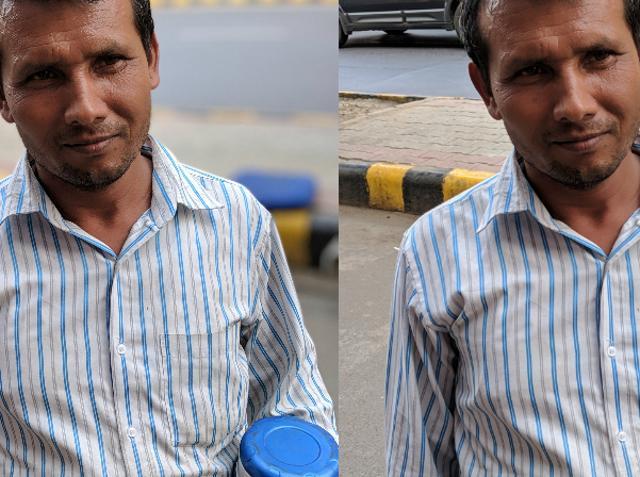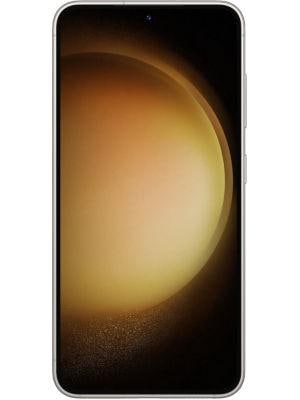Google Pixel 3 XL: Single camera with advanced software does the trick
In an era of dual cameras, even triple and quad cameras, Google’s flagship phone uses just a single lens. The hardware, however, is backed by a combination of advanced software and machine learning algorithms.

Google's Pixel smartphones are known for their camera prowess. The new Pixel 3 and Pixel 3 XL are no different. With the new Pixel 3 series, Google shows software is equally important as the hardware.
Google's Pixel 3 XL features a single 12-megapixel rear camera and dual 8-megapixel cameras. The rear 12-megapixel sensor has f/1.8 aperture, optical and electronic image stabilisation along with autofocus and dual pixel phase detection. Up front, there's a wide-angle and telephoto lens with f/2.2 aperture and f/1.8 aperture.
Accompanied with hardware, Google uses machine learning to produce the best photos taken from the Pixel 3 cameras. Google says that the Pixel 3 camera uses "computational photography" which takes multiple photos in different scenarios, stitches them together to give the best one.
During my brief experience with the Pixel 3 XL, the most impressive feature of its camera was the 'Portrait Mode'. The common problem with depth effect on most smartphones is the blurred background looking artificial, and the irregular focus.
Pixel 3 XL gives the best background blue with the subject focused on almost perfectly. Using the Portrait Mode is also easy as there's no hassle in focusing on the subject, the software in the background does all the work. Google also lets you control the depth, colour, and light effect on photos.


Highlighting further on the minimal hardware, smartphone makers have been harnessing on triple and even quadruple camera setups. All that is possible on the Pixel 3 XL with a single camera. Dual cameras on smartphones gave birth to the trend for DSLR-like bokeh photos. While cameras with a depth sensor help achieve better results, there are phones which rely on software. But none can come this close to the Pixel 3 XL.
Pixel 3's computational photography works on the default camera and in other features as well. Pixel 3 comes with HDR+ set by default which "captures a rapid burst of pictures, then quickly combines them into one". The same works in motion photos where "Top Shot" detects the best photo from the clip.


Google uses the same tech in 'Super Res Zoom'. Once you zoom in to the maximum, you'll notice that the camera itself adjusts to find the right angle. The photos turn out with minimum noise and much better than the pre-clicked photos which looks very grainy.
There are more camera features on the Pixel 3. Some of these include the built-in Google Lens, slow motion, photobooth, and playground. 'Photobooth' uses motion detection to take selfies when one smiles, makes a funny face, and more. 'Playground' is the platform for AR stickers on the Pixel 3. Google has tied up with Marvel, Stranger Things and Star Wars for exclusive AR characters.
Catch all the Latest Tech News, Mobile News, Laptop News, Gaming news, Wearables News , How To News, also keep up with us on Whatsapp channel,Twitter, Facebook, Google News, and Instagram. For our latest videos, subscribe to our YouTube channel.






























